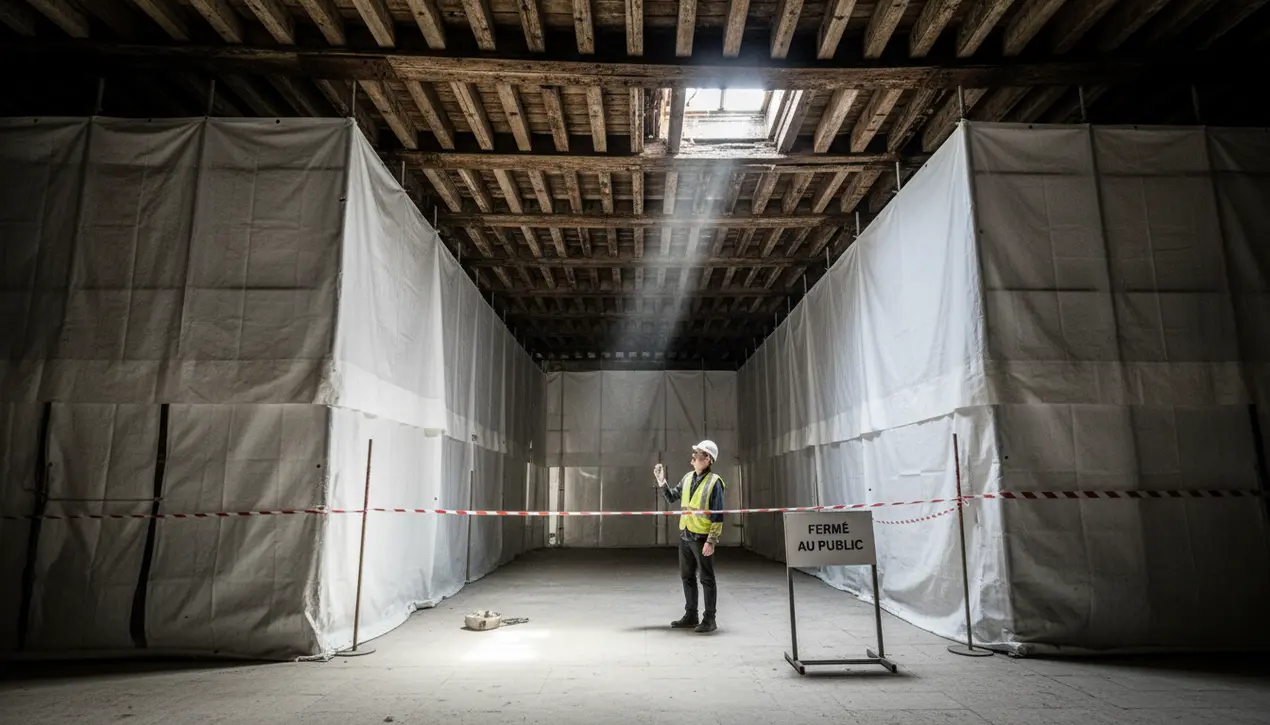
Otheraccidents & disastersBuilding Collapses
Louvre Museum Closes Gallery for Structural Safety Checks
OL
Oliver Scott
2 hours ago7 min read1 comments
The Louvre Museum's decision to shutter its Campana Gallery for urgent structural safety inspections is not merely a routine maintenance closure; it is a calculated risk mitigation strategy playing out in one of the world's most critical cultural asset portfolios. The gallery, home to a significant collection of Greek ceramics, is undergoing checks on the beams supporting the floor above, a move that immediately signals a shift from passive preservation to active defense against potential infrastructural failure.This is a classic scenario of a low-probability, high-impact event. While the immediate risk to the artifacts and visitors might be statistically minimal, the consequence of even a single beam compromising its structural integrity is catastrophic—imagine not just the loss of irreplaceable 2,500-year-old vases and amphorae, but the global reputational damage and devastating financial liability for France's premier cultural institution.The Louvre operates in a perpetual state of balancing accessibility with conservation, and this closure is a stark reminder that the museum is not just a repository of art but a complex, aging physical plant requiring constant vigilance. The Campana Collection itself, assembled by the 19th-century Italian Marquis Giampietro Campana, has a history fraught with risk, having been broken up and dispersed after the Marquis's financial downfall before being partially acquired by Napoleon III.Its current home within the Louvre's sprawling palace-turned-museum now faces its own modern-day threat from the silent, creeping stresses of time, visitor footfall, and environmental pressures. This incident should prompt a sector-wide stress test.Are other major institutions—the British Museum, the Met, the Uffizi—conducting similarly proactive, non-publicized structural reviews? The Louvre's move could be a leading indicator, suggesting that a wave of essential, yet disruptive, conservation-driven closures may be on the horizon for heritage sites globally. From a risk analysis perspective, the calculus involves weighing the immediate revenue and visitor experience loss against the existential threat of a structural incident.The Louvre, attracting over 10 million visitors annually, likely has contingency plans for such scenarios, but the operational and public relations ripple effects are non-trivial. The situation demands a forensic examination of the museum's long-term capital investment strategy. Has funding for foundational integrity kept pace with the more glamorous expenditures on acquisitions and blockbuster exhibitions? This closure is a canary in the coal mine, a signal to policymakers and cultural ministers worldwide that the infrastructure supporting our shared global heritage requires a strategic, funded, and unceasing risk assessment protocol to avert a future where history is lost not to war or theft, but to simple, preventable decay.
#featured
#Louvre Museum
#structural issue
#gallery closure
#safety inspection
#Campana Gallery
#Greek ceramics
Stay Informed. Act Smarter.
Get weekly highlights, major headlines, and expert insights — then put your knowledge to work in our live prediction markets.
Comments
Loading comments...
© 2025 Outpoll Service LTD. All rights reserved.